Westpac economist Bill Evans urges RBA governor to toughen his language on inflation
Westpac chief economist Bill Evans wants the Reserve Bank to avoid the policy mistakes of the 1970s and ’80s by beefing up its rhetoric.
Westpac chief economist Bill Evans wants the Reserve Bank to avoid the policy mistakes of the 1970s and ’80s when central banks allowed expectations of high inflation to become entrenched, ultimately requiring drastic increases in interest rates that caused multiple recessions.
Ahead of the Reserve Bank’s board meeting next Tuesday – when another big interest rate increase of 50 basis points is expected – Evans says “the right approach” will be for RBA governor Philip Lowe to “strengthen the rhetoric”, as his US counterpart Jerome Powell had done at Jackson Hole last week.
Last month, Lowe said the RBA placed “a high priority on the return of inflation to the 2-3 per cent range over time, while keeping the economy on an even keel” and “the path to achieve this balance is a narrow one and clouded in uncertainty, not least because of global developments”.
By contrast, Powell said the Fed’s “overarching focus right now is to bring inflation back down to our 2 per cent goal”, adding that “without price stability, the economy does not work for anyone”.
Powell said lower inflation was “likely to require a sustained period of below-trend growth” and that higher interest rates would “bring some pain to households and businesses”.
Lowe will get a chance to reinforce his inflation-fighting commitment when he speaks on “Inflation and the Monetary Policy Framework” at his Anika Foundation address on Thursday.
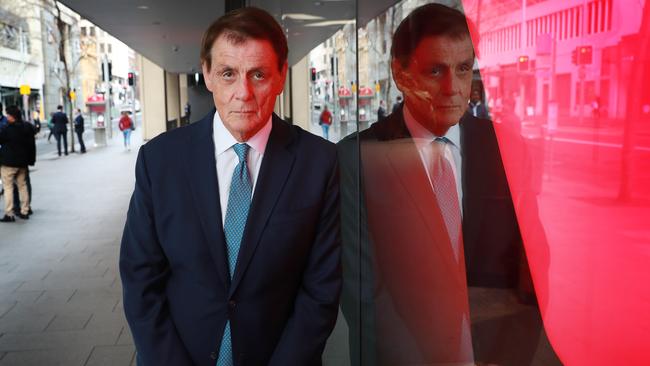
Westpac’s Evans says the RBA needs to be clear that interest rates may need to rise further.
But a 3.35 per cent cash rate by February, versus 1.85 per cent now, will be enough.
Taking the cash rate to 4 per cent would be “very dangerous” due to the amount of leverage.
His comments come as CPI inflation rates hit four-decade highs in the high-single-digits, unemployment rates hit record lows in the low-single-digits, and central banks belatedly respond with aggressive interest rate rises and quantitative tightening after providing an unprecedented amount of monetary stimulus alongside unprecedented fiscal stimulus during the pandemic.
Before joining Westpac as chief economist in 1991, Evans was a research manager at the Reserve Bank, and before that he served as a treasurer at the Commonwealth Bank.
In those roles he witnessed the evolution of Australian monetary policy from a “checklist” approach, focusing on variables like the balance of payments, unemployment, commercial property prices – and of course money supply – to the current focus on keeping inflation within a 2-3 per cent range.
“Clearly, in those days, we were all monetarists from the Milton Friedman influence,” he recalls.
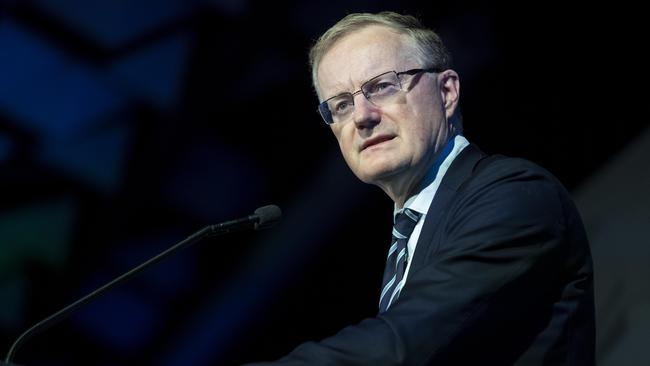
“The idea was that if you contained the money supply, you contained inflation, which of course proved completely wrong, because the velocity of money can change inflation.”
In hindsight, the lack of an inflation target was one of the problems of monetary policy at the time.
The indirect effect was that by the time the RBA finally wrung inflation out of the system – about 10 years after the US – it came at an “excessive price” of an 11 per cent unemployment rate and a damaging recession in the early 1990s.
“I don’t think the psychology of recession broke in Australia until December 1993, when we found out Australia won the Olympics, and we saw our consumer sentiment index explode,” Evans says.
After several failed attempts to tame inflation via interest rate shock treatment in the 1980s, the central bank finally won, with what Paul Keating accurately called “the recession we had to have”.
“The Volcker (former Fed chair Paul Volcker) job was done 10 years later,” Evans says.
Australia’s high rate of unionisation at the time saw high rates of wages growth and unemployment until the prices and incomes “accords” of the 1980s, but the economic cost of the RBA’s attempts to address high-single-digit inflation via successive bursts of interest rate shock was massive.
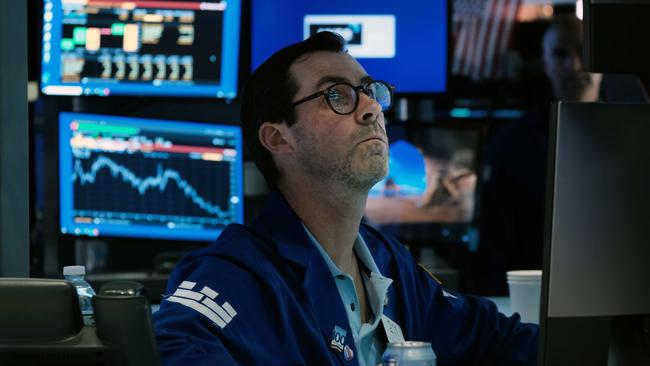
“We had a recession in the early ’80s, a recession in the early ’90s and a substantial slowdown in the mid-80s,” Evans says. “They were all periods of 18-19 per cent interest rates.
“They pushed rates to those levels twice in the early and mid-’80s and managed to avoid 11 per cent unemployment. But the third time they hit the jackpot and that led to a very deep recession.
“That’s why you want to move (rates) early, before that inflation psychology gets embedded.”
Monetary policy has come a long way as central banks now have a much clearer, in some cases, singular focus on inflation. But they can’t afford to let people doubt their commitment.
Evans sees three stages of inflation in the current period.
First came the “Covid shock” to supply chains, which were increasingly tested by reopening demand.
Then came the Ukraine war, boosting commodities. Supply chains recovered somewhat, with container costs plunging and the prices of computer chips and timber falling sharply, albeit
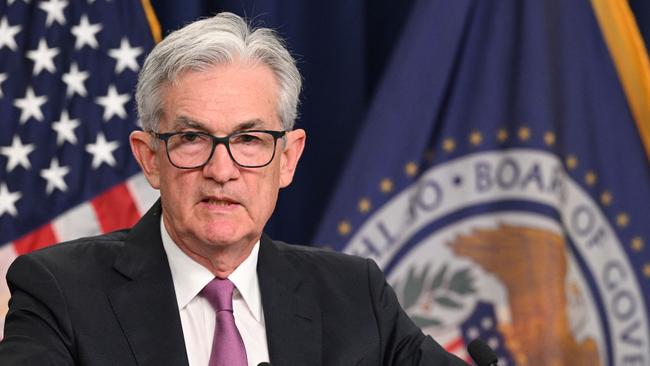
China has faced intermittent lockdowns, including this week’s lockdown of 21 million people in Chengdu.
But the third wave of inflation has been the most significant for monetary policy. It came as businesses fought to restore margins and “take advantage of the inflation psychology that’s building up”, according to Evans.
His view is that central banks must make businesses doubt that demand will be strong enough to continually increase their wages and selling prices, causing a classic “wage-price spiral”.
“Businesses raised prices to restore their margins and have found they’re getting away with it for the first time in 20 years,” Evans says.
“People say central banks can’t do anything about it because they can’t affect supply – and that’s true – a lot of the inflation is associated with supply shocks.
“But what they can affect is the psychology of businesses.
“If they think demand is falling off a cliff, then they’ll know they can’t keep raising prices.
“If demand remains strong, they keep raising prices, and it gets more and more ‘into the system’.”
Overall, businesses will be reluctant to increase their wages unless they think they can raise their prices. The thinking depends on their view of demand, which depends on their view of rates.
“If you look at the business surveys, businesses are now successfully raising their prices,” Evans says. “So what a central bank has to do is send a signal out that ‘demand is going to be flattening off, so don’t expect to be able to continue to raise your prices’.”


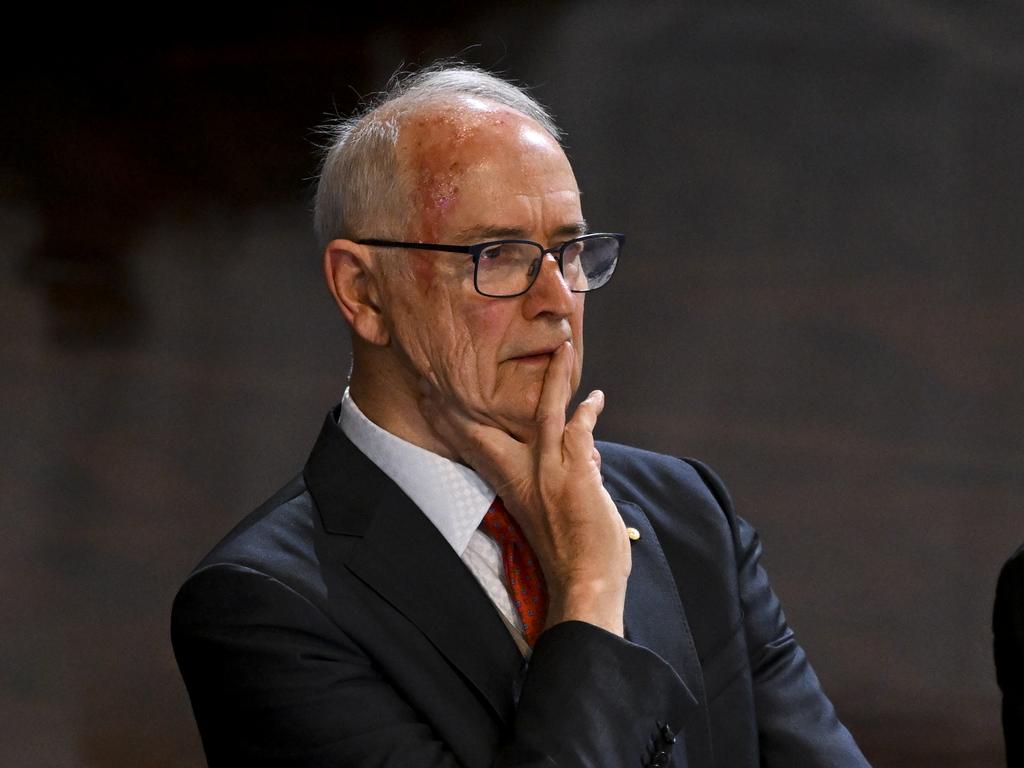





To join the conversation, please log in. Don't have an account? Register
Join the conversation, you are commenting as Logout